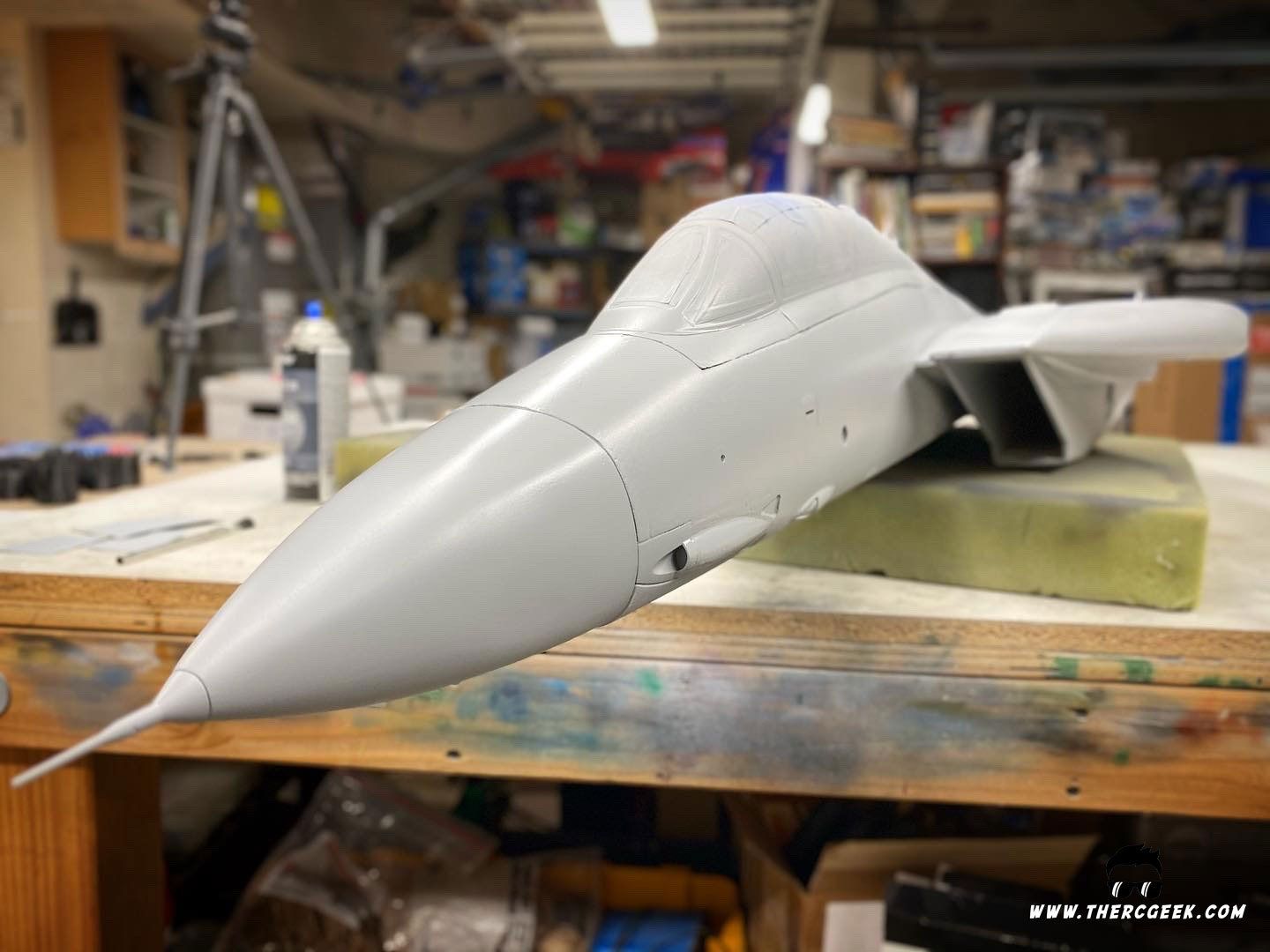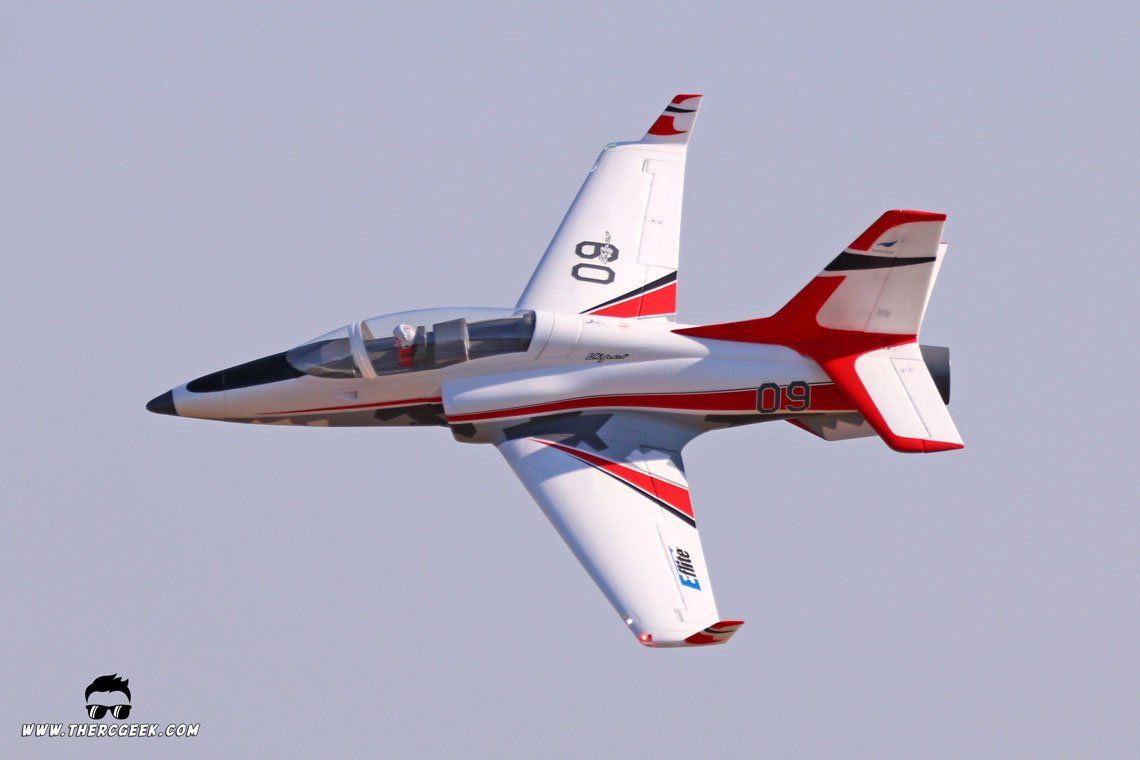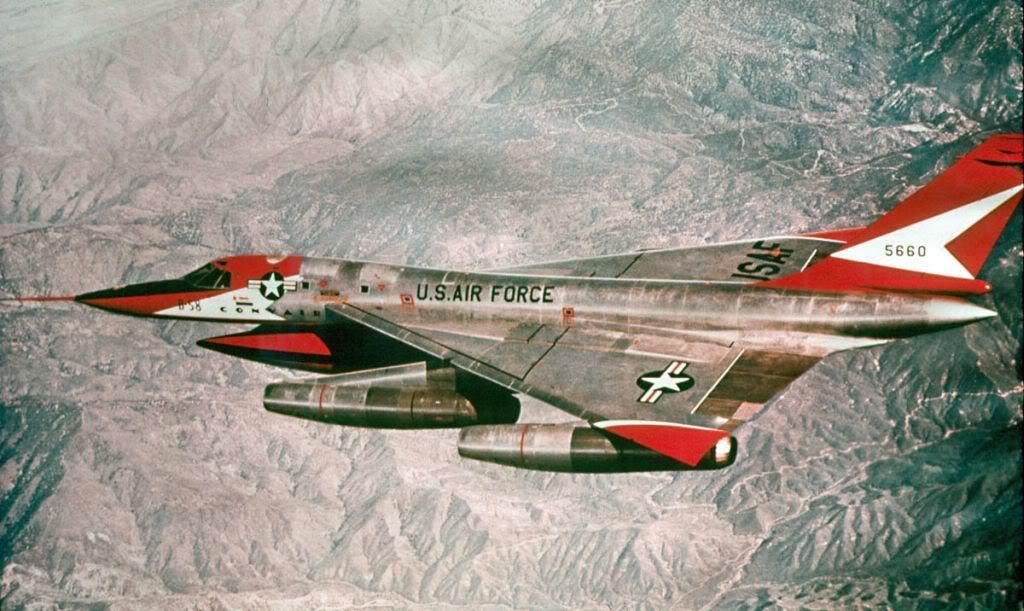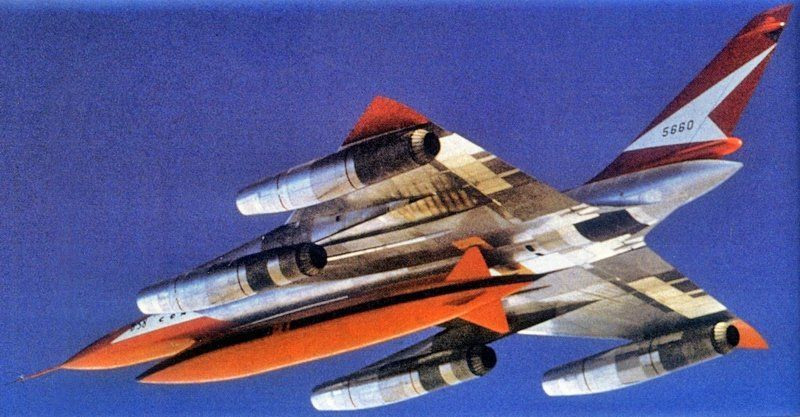
The RC Geek Blog
By: Chris Wolfe
Preparing for Battle: The ULTIMATE Guide to Scale Documentation
Maybe you've heard about RC Scale Aircraft competitions, but the thought it sounded intimidating, or the process of it all seemed daunting and discouraging. Well, fear not! I am here to encourage you and dispel any myths you may have heard if any. Scale competition is a fun and challenging segment of the hobby that will undoubtedly make you a better pilot! So, in light of this, I've started a new "Preparing for Battle" live series and in my first episode, "Preparing for Battle: The ULTIMATE Guide to Scale Documentation," we talk about the
AMA Scale Nats with special guest Joe Vermilion from
Balsa USA and peel back the layers of scale competition and provide information on what it's all about!
As an experienced RC Scale Aircraft competitor and two time US Scale Masters National Champion, my hope is to share whatever knowledge and practical advice I can for newcomers and seasoned competitors alike.
One of the great things about RC Scale Aircraft competitions is that there are multiple classes to choose from which means that there is something for everyone! So, in this first episode, we cover a range of topics, from the basics of RC Scale Aircraft competitions to the specifics of static judging and documentation requirements necessary for some of the competition classes. Additionally, we go into detail about the different classes and what they entail, helping would be competitors find a class that's right for them.
So, whether you're a seasoned competitor or a newcomer to the hobby, my hope is that this series will be helpful and inspirational. Don't let the thought of scale competition or static judging hold you back - I'm here to help you prepare for battle with confidence! I've used the term many times, but I can only explain the competitors I fly with as being like a family. Everyone is there to help everyone. Oh, and if you're curious about the AMA Nats rules, you can get them here! (In order to do well, it's essential to know the guidelines of the competition.)
So with all that said, let's drill down a little deeper specifically related to the B-58 Hustler project. The following is a brief overview of the process I take when researching and documenting a scale project.
B-58 Hustler Documentation
For those interested in competing in classes that require static judging, the live stream includes a comprehensive guide to the documentation requirements and my process for pulling documentation together. I'm currently in the process of pulling documentation together for the B-58 Hustler project and at the end of the day it's about building a model that matches the provided documentation. One can build the most scale model out there, but if it's not proven in the documentation, it's difficult to score well. Here's a quick rundown of my approach.
Research
First things first, it all starts with researching your selected subject. For me, I love the research and will typically buy whatever books I can find (it’s kind of a sickness that my wife gives me a hard time for) and spend numerous hours scouring the internet for pictures and drawings. For the B-58 Hustler, the best book I found was a Koku-fan book entitled "Famous Airplanes of the World No. 64: Convair B-58 Hustler" (being out of print, I spent way too much money on it on Ebay). Additionally, I found a book on Amazon that is part of a "Legends of Warfare" series entitled "B-58 Hustler: Convair’s Cold War Mach 2 Bomber" that provided some great detail reference photos. Lastly, a must is a plastic kit (if available) as it helps to visualize shapes three dimensionally and help with some of the details you may not be able to find otherwise. In this case, I picked up the Italeri 1/72 scale model kit.
Accuracy of Outline
The B-58 Hustler model I'm building originated from the drawings within the aforementioned Koku-fan book. So, to prove the accuracy of outline, I will be using a composited multi-view drawing from unaltered scanned images of the drawings in the book (providing a reference as well). Being the basis for the design of the model this is ideal for competition since the model needs to match the documentation to score well. No one knows the airplane better than you and so if there are inaccuracies on the drawings, you can provide corrections with image references, or altering the shape of the model itself. It ultimately comes down to the shapes that are documented in the documentation book (not necessarily the full size airplane in some cases unfortunately). Here's the start of the multi-view drawing from the koku fan book. I will highlight corrections areas if needed once I have the final documentation package complete.
Color & Markings
For paint schemes, I start out with a google image search (along with searching the pictures in the books) for the subject aircraft as well as search out plastic model decals. Having multiple pictures along with a sheet of plastic model decals of the desired paint scheme is ideal. The key is to be able to show every aspect of the color and markings sufficiently through pictures and decal placement drawings. I can easily spend hours and hours in this stage because it’s fascinating to me what can be found and sometimes you find that one picture hoping to find decals or vice versa. The deeper you dig, the more you can find in many cases. Also, once I've found something I like, I start narrowing down the search by searching the squadron, the bureau number, etc. It really is amazing what you can find these days online!
For the B-58 Hustler, I have decided on the first prototype aircraft, tail number 5660. It is natural metal with some really nice red and white accents that really help it to pop. I have found numerous pictures of it online and in books and also a full coloring diagram that came from Caracal Models which will be the basis for my color and markings documentation.
Craftsmanship
Craftsmanship is where you want to highlight those details you have built on the model and in many cases, less may be more. In other words, if you can't prove it, then lose it! When looking for aircraft details, it is hard to beat a simple google search for the subject aircraft. Also, adding “walkarounds” to the search string can usually land a decent selection of detail shots of the aircraft (assuming there are some in existence). There are a few websites around that feature these types of walkaround pictures which are great. Also, if you can find an airplane in a museum close by, then take a trip and take a complete photo profile of the airplane top to bottom. The closest Hustler to me is at the USAF Musem in Dayton Ohio. I'm hopeful to make a trip up there to take a full photo dossier on the airplane, but I'm not sure that will happen before the competition. In the meantime, some of the items I know that I will highlight are the landing gear and the exhaust nozzles to start. As the model comes together, so will the craftsmanship side of the documentation. The goal will be to draw the judges eyes to the things I want him to see.
Give it a Try!
The above is intended to be an overview of what I go through at the start of a competition project and there's much more detail and discussion provided in the live stream video. There are significant amounts of hours spent in just the research alone, but as I mentioned that's one aspect that I personally enjoy. Also, it's important to note that the research is ongoing throughout the build with references continually checked along the way.
So, pick an airplane and research away, you might be surprised at what you find! And remember, not all classes at the Nats or other competitions require this level of detail or any documentation at all for that matter. So, if you ever are unsure about any of it, I'm here to help.

The RC Geek Blog is your place to learn about all aspects of the RC hobby. Learn to build, design, drive or fly that RC project you’ve always wanted to build, but have been intimidated to try. This blog is here to help you on your journey and provide tips and tricks as you go! My hope is to inspire builders both experienced and new! So, welcome, please look around, it’s an exciting beginning! I’m currently documenting my latest competition scale RC jet build, a Mark Frankel F4D Skyray, along with some other fun tips and videos. If you can’t find what you’re looking for on this front page, click on any of the categories to the right and it will show just posts related to those categories. Please feel free to add comments and/or contact me directly if you have questions, I’m here to help! And don’t forget to check out my YouTube Channel, I post new videos every week!
Subscribe To Our Blog Now
Thank you for subscribing to our blog!
Please try again later.



















